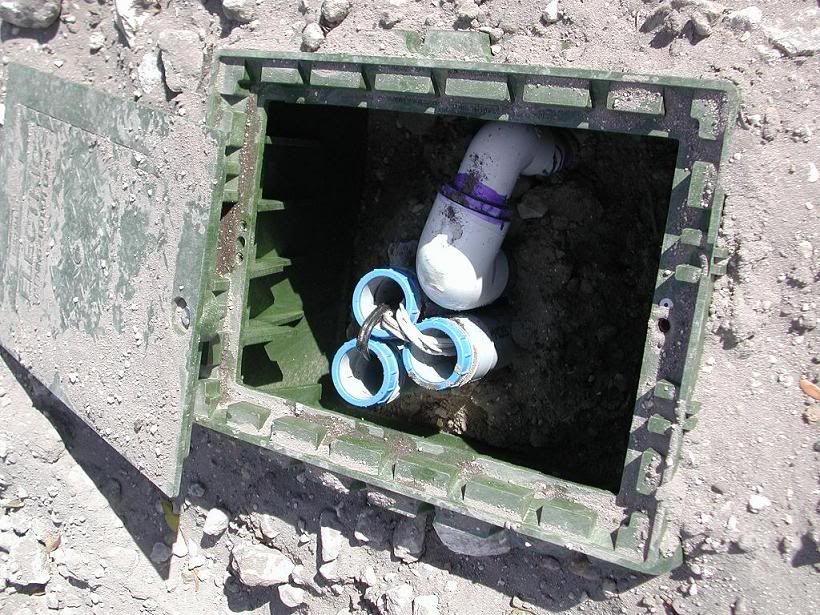Pierre C Belarge
Senior Member
- Location
- Westchester County, New York
I saw this in passing:
that complies is direct burial.
Referencing 314.30 and 300.15(L), do you agree with this information?
l
Wiring methods in open bottom handholes
All single conductors, splices, or taps installed in open bottom handholes must be of a type identified and approved
for direct burial. The requirements for insulated conductors for general wiring are in NEC 310-13-
for direct burial. The requirements for insulated conductors for general wiring are in NEC 310-13-
Conductor
Constructions and Applications and its referenced tables. NEC 300-3(a)-Single Conductors states that single
conductors "shall only be permitted to be installed where part of a recognized wiring method of Chapter 3".
NEC 300-15(a)-Box or Conduit Body requires a box or conduit body "be installed at each conductor splice
connection point, outlet, switch point, junction point, or pull point for the connection of conduit". Open bottom
handholes are not listed electrical equipment, conduit bodies, or boxes and not part of a recognized wiring method
of NEC Chapter 3. Any single conductors, taps, or splices installed in such handholes would have to be suitable
for conditions outside of an approved raceway system. The only single conductor wiring method of NEC Chapter 3
Constructions and Applications and its referenced tables. NEC 300-3(a)-Single Conductors states that single
conductors "shall only be permitted to be installed where part of a recognized wiring method of Chapter 3".
NEC 300-15(a)-Box or Conduit Body requires a box or conduit body "be installed at each conductor splice
connection point, outlet, switch point, junction point, or pull point for the connection of conduit". Open bottom
handholes are not listed electrical equipment, conduit bodies, or boxes and not part of a recognized wiring method
of NEC Chapter 3. Any single conductors, taps, or splices installed in such handholes would have to be suitable
for conditions outside of an approved raceway system. The only single conductor wiring method of NEC Chapter 3
that complies is direct burial.
Referencing 314.30 and 300.15(L), do you agree with this information?


